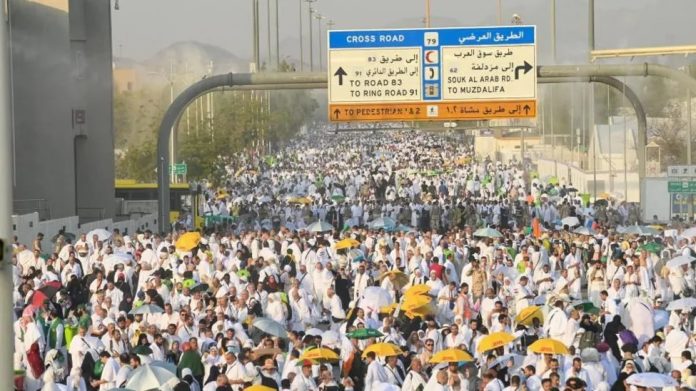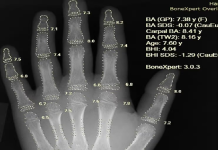- The mishandling by Saudi authorities worsened the severe conditions, resulting in a crisis in numerous pilgrim areas
- At least 1,301 people died during Hajj and some of the reports suggest that the death toll may be higher
- Saudi authorities faced severe criticism for their handling of the crisis
- The management of accommodations and facilities was inadequate, with overcrowded tents lacking sufficient cooling and sanitation amenities
The Hajj is perhaps one of the most spiritual experiences for millions of Muslims who make a journey to Mecca every year. However, recent years have seen an increase in heat-related tragedies, exacerbated by the rising global temperatures due to climate change. This year, due to extreme heat, mismanagement, and lack of sufficient crowd control measures led to a heartbreaking number of deaths among pilgrims. At least 1,301 people died during Hajj and some of the reports suggest that the death toll may be higher.
Global warming has significantly increased the frequency and intensity of heat waves across the globe. Saudi Arabia, already known for its high temperatures, has been experiencing unprecedented heat levels. Saudi Arabia’s government claimed that it has invested billions of dollars in crowd control and safety measures for the annual five-day pilgrimage, yet the sheer volume of participants poses significant challenges in ensuring their safety. This year, things went out of control as hundreds of pilgrims died due to heat stroke. The scorching temperatures, combined with the strenuous activities of Hajj, created a lethal environment for the elderly and those with pre-existing health conditions.
The Saudi authorities faced severe criticism for their handling of the crisis. The lack of proper planning and inadequate emergency response measures aggravated the situation. Reports from various sources indicate that the infrastructure was not equipped to handle the sudden influx of heat stroke cases. Medical facilities were overwhelmed, leading to preventable deaths.
The mishandling by Saudi authorities worsened the severe conditions, resulting in a crisis in numerous pilgrim areas.
The management of accommodations and facilities was inadequate, with overcrowded tents lacking sufficient cooling and sanitation amenities. Among these, one of the major issues that has been highlighted is that Saudi Arabia’s government has not allowed other countries to have their own master control rooms for crowd management. These control rooms are essential for the tracking and coordinating the transit of the pilgrims from individual countries in case of emergency situations. This refusal led to an ineffective and unfortunate handling of a crisis.
Allegations have surfaced that the Saudi authorities are concealing the true number of fatalities. Independent verification of the death toll has been obstructed, with strict restrictions placed on going to obituaries. Families of the deceased have reported difficulties in obtaining accurate information about their loved ones, adding to their grief and frustration.
The heat-related deaths during this year’s Hajj pilgrimage are a consequence of global warming and systemic failures in crisis management. The combination of extreme temperatures, mismanagement, and lack of adequate control measures created a perfect storm of disaster.
Carl-Friedrich Schleussner, a scientific advisor at German institute Climate Analytics, said that such deaths offer a glimpse of what is to come for the tens of millions of Muslims expected in coming decades to undertake the Hajj.
As the world grapples with the realities of climate change, it is important that we learn from these tragedies and take proactive steps to mitigate their impact. The safety and well-being of millions of people depend on our collective action to combat global warming and ensure emergency preparedness in vulnerable regions.
Concluded
Saudi Arabia reports that at least 1,301 people have died during the Hajj, most of them unauthorized pilgrims who endured the long trek in sweltering heat. The Saudi authorities’ statement on unauthorized pilgrims is a transparent attempt to cover up their incompetence. Despite earning twelve billion dollars annually from Hajj pilgrims, who significantly contribute to the country’s economy, the question arises: how much is actually spent on ensuring their safety and well-being? The Saudi rulers lavishly spend on their own luxury, yet Hajj pilgrims receive nothing but immense suffering and death in return.






